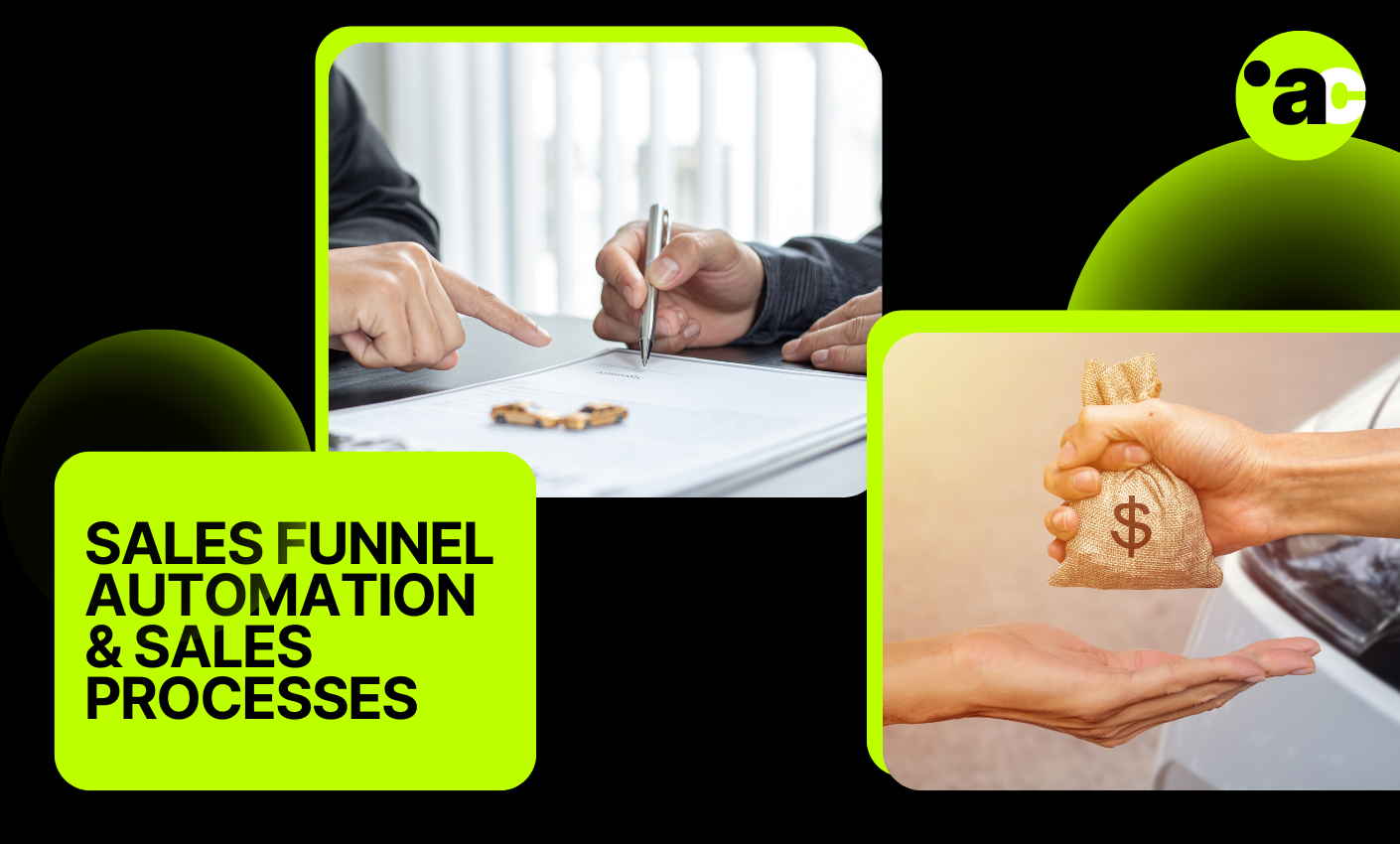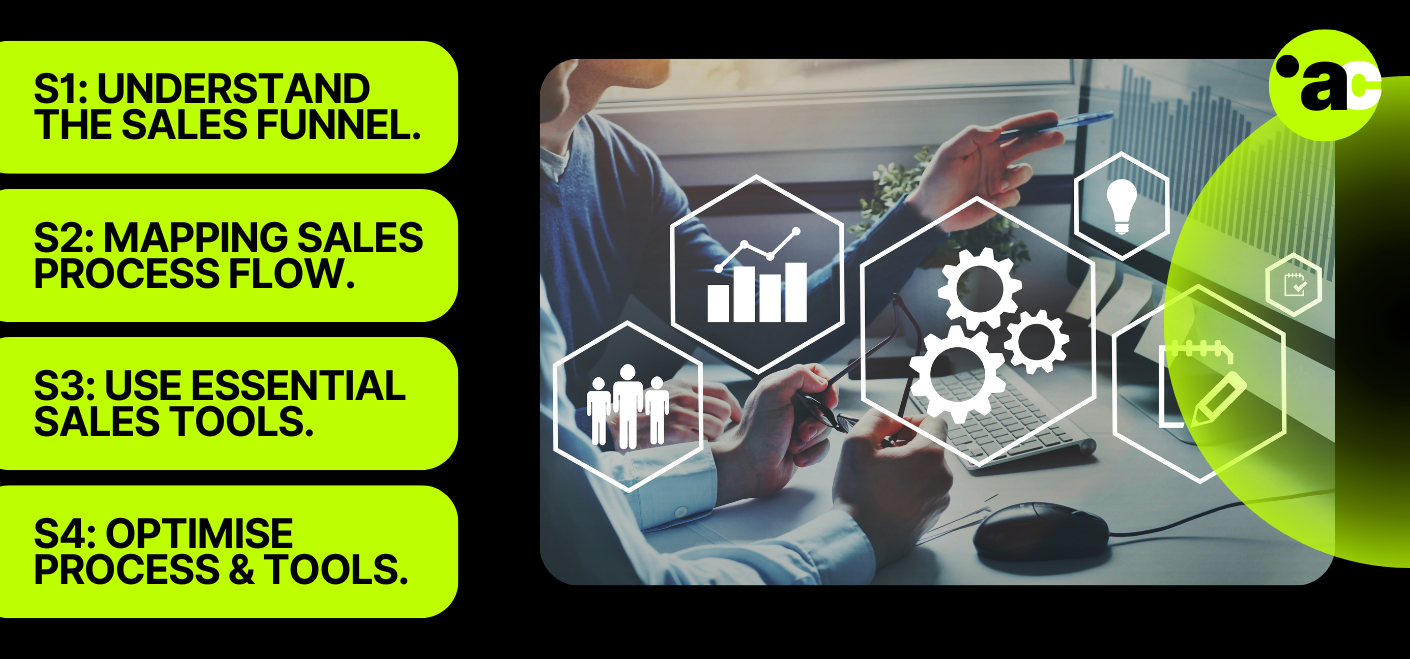

Is your sales bouncing like a yo-yo? Your sales team seems to have really bad performers, moderate target achievers and some are doing well but you don't know why? Automating your sales system can significantly increase efficiency, reduce manual tasks, track efficacy of methods, and improve conversion rates. Take the guesswork out of efforts. A well-structured sales funnel and process flow help guide potential customers from awareness to purchase seamlessly in addition, you can also effectively track sales efforts & key sales channels. In this guide, we’ll break down the key steps to automate your sales system and set up a streamlined sales process.

A sales funnel is a journey that potential customers take from discovering your brand to making a purchase. The four primary stages are:
Awareness – Potential customers discover your product/service through marketing efforts.
Interest – They engage with your content, showing interest in learning more.
Decision – They consider their options and evaluate your offer.
Action – They complete a purchase or desired action.
Automating each stage ensures a smoother customer experience and increases conversions.


A well-defined process flow helps automate repetitive tasks and ensures consistency. Here’s how to structure it:
Lead Generation:
Lead Nurturing:
Sales Qualification:
Proposal & Closing:
Post-Sale & Retention:

To effectively automate your sales system, integrate the following tools:

Getting sales should not be rocket science. Automating your sales system not only saves time but also enhances customer experience and boosts revenue. By strategically implementing automation in your sales funnel and process flow, you can nurture leads efficiently and close deals faster. Start by integrating automation tools today and watch your sales grow effortlessly!
Our team of expert strategists are here to guide your team on how to establish, retain and grow using these systems. Just drop us a message.
Book a Chat